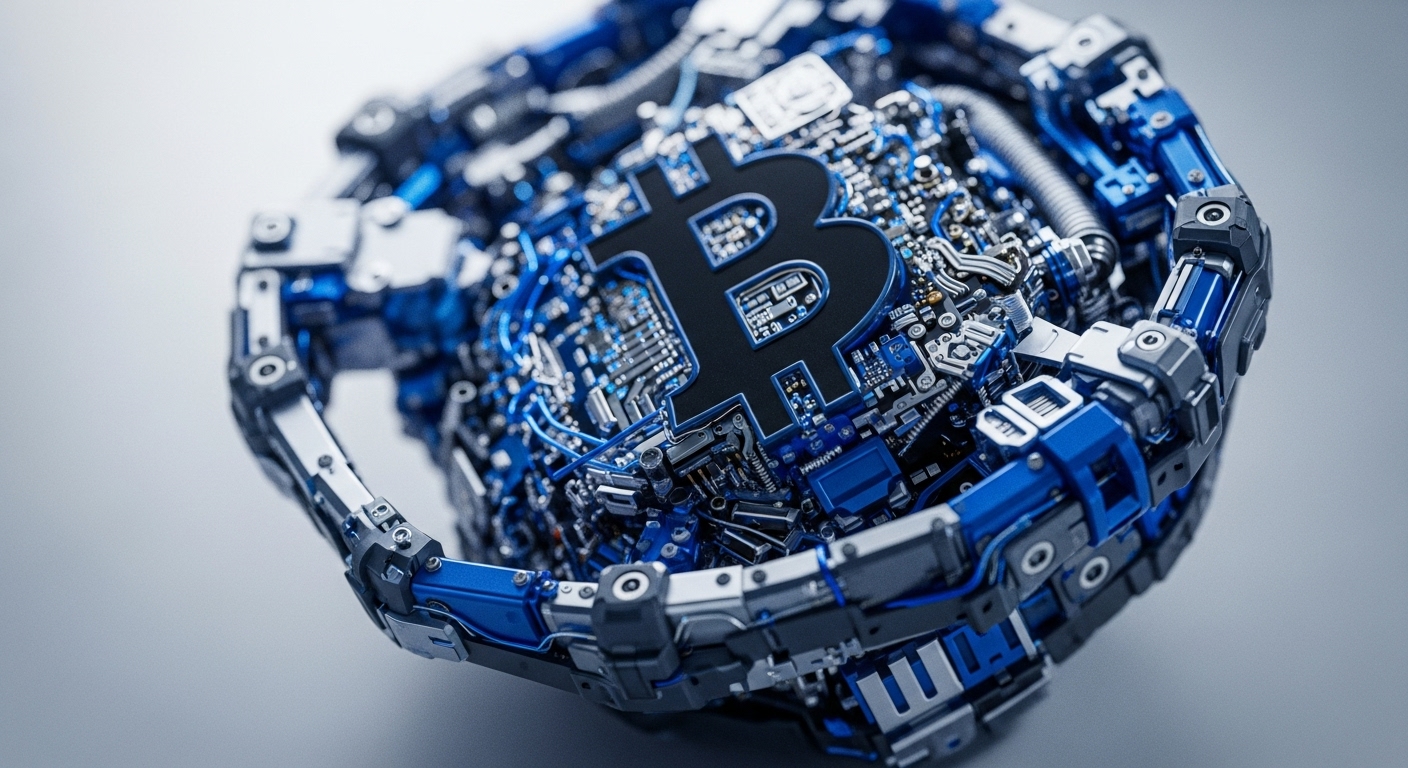
Briefing
The core research problem addresses the limitations of conventional reward-dominant DAO designs, which risk encouraging misconduct, volatility, and wealth concentration, alongside privacy concerns in transparent blockchain environments. This paper proposes a foundational breakthrough ∞ a novel Decentralized Autonomous Organization (DAO) model leveraging a dual Non-Fungible Token (NFT) architecture and a “Punishment not Reward” (PnR) framework. This model uses Membership NFTs for authentication and access control, and Interaction NFTs for private, encrypted transactions, with governance enforced through smart contracts that manage reputation and administer punitive measures like conditional identity disclosure. The single most important implication is the potential for more sustainable, accountable, and privacy-preserving decentralized governance frameworks that deter detrimental behavior through reputational loss rather than relying solely on financial incentives.

Context
Prior to this research, established Decentralized Autonomous Organizations (DAOs) primarily relied on fungible governance tokens, which often led to plutocratic structures, market manipulation through token accumulation, and inefficiencies in decision-making. These reward-centric models struggled to maintain effective governance at scale, encountering vulnerabilities such as Sybil attacks and privacy leakage, while also facing challenges in balancing Sybil resistance with user privacy. The prevailing theoretical limitation was the difficulty in fostering sustainable, merit-based participation and accountability without fueling speculation or compromising participant privacy on transparent public blockchains.

Analysis
The paper’s core mechanism introduces a dual-NFT architecture within a “Punishment not Reward” (PnR) DAO model. The first primitive is the NFT_auth (Membership NFT), an ERC-721 token used for Sybil-resistant authentication and access control, linking a unique token ID to a participant’s verified wallet and role via a decentralized KYC (DKYC) process. The second is the NFT_priv (Interaction NFT), an ERC-1155 token enabling private, encrypted transactions between participants, holding deal-specific metadata and managed by a servicePrivateDeal smart contract for escrow and dispute resolution.
This fundamentally differs from previous approaches by shifting the incentive structure from financial rewards to reputational deterrence, where misconduct can lead to denial of service or conditional identity disclosure, enforced through cryptographic commitment schemes and DAO voting. The model leverages Layer 2 solutions for cost-efficiency and incorporates public key encryption for private interactions, balancing transparency with participant privacy.

Parameters
- Core Concept ∞ Punishment not Reward (PnR) Blockchain Architecture
- New Primitive ∞ Dual NFT Architecture ( NFT_auth , NFT_priv )
- Key Authors ∞ Talgar Bayan, Richard Banach
- Governance Mechanism ∞ NFT Stake-Weighted Voting
- Privacy Enhancements ∞ Public Key Encryption, Commitment Schemes, Zero-Knowledge Proofs (ZKPs)
- Scalability Solution ∞ Layer 2 Blockchain Implementation
- Identity Management ∞ Decentralized KYC (DKYC), Soulbound Tokens (SBTs)

Outlook
This research opens new avenues for developing decentralized governance models that prioritize long-term sustainability and accountability over speculative financial incentives. Future work involves implementing the proposed model on a blockchain platform and conducting extensive testing to validate its effectiveness, particularly concerning scalability in large-scale DAOs. Potential real-world applications in 3-5 years could include privacy-preserving governance for professional services, healthcare data management, and educational credential verification, where reputational integrity and confidentiality are paramount. Further research will explore advanced privacy techniques like homomorphic encryption and secure multi-party computation, alongside developing clearer criteria for triggering punitive actions and addressing rejoining issues for malicious participants.
